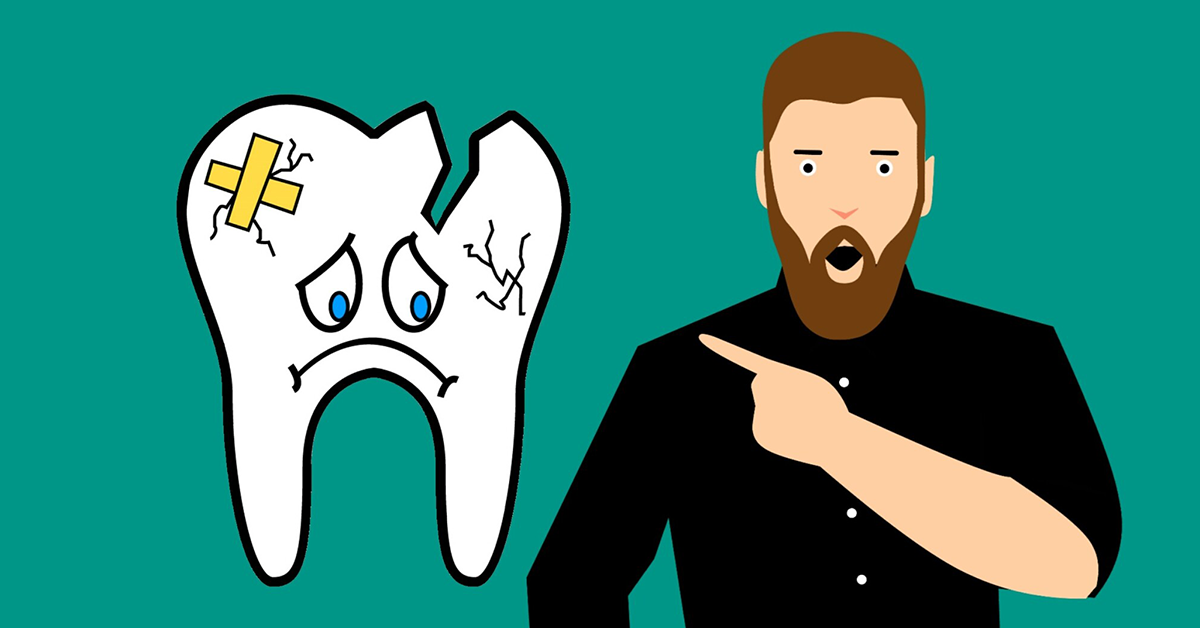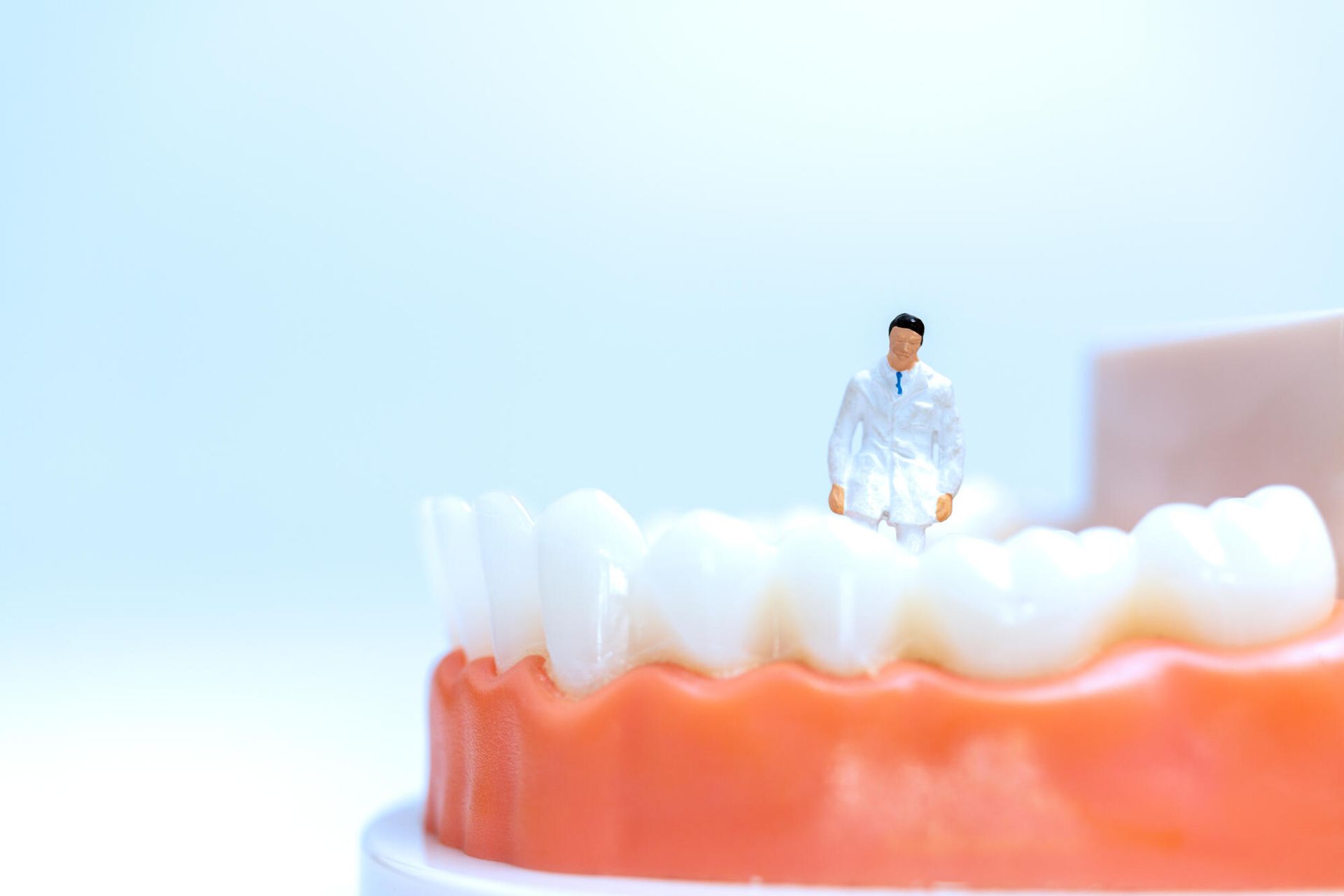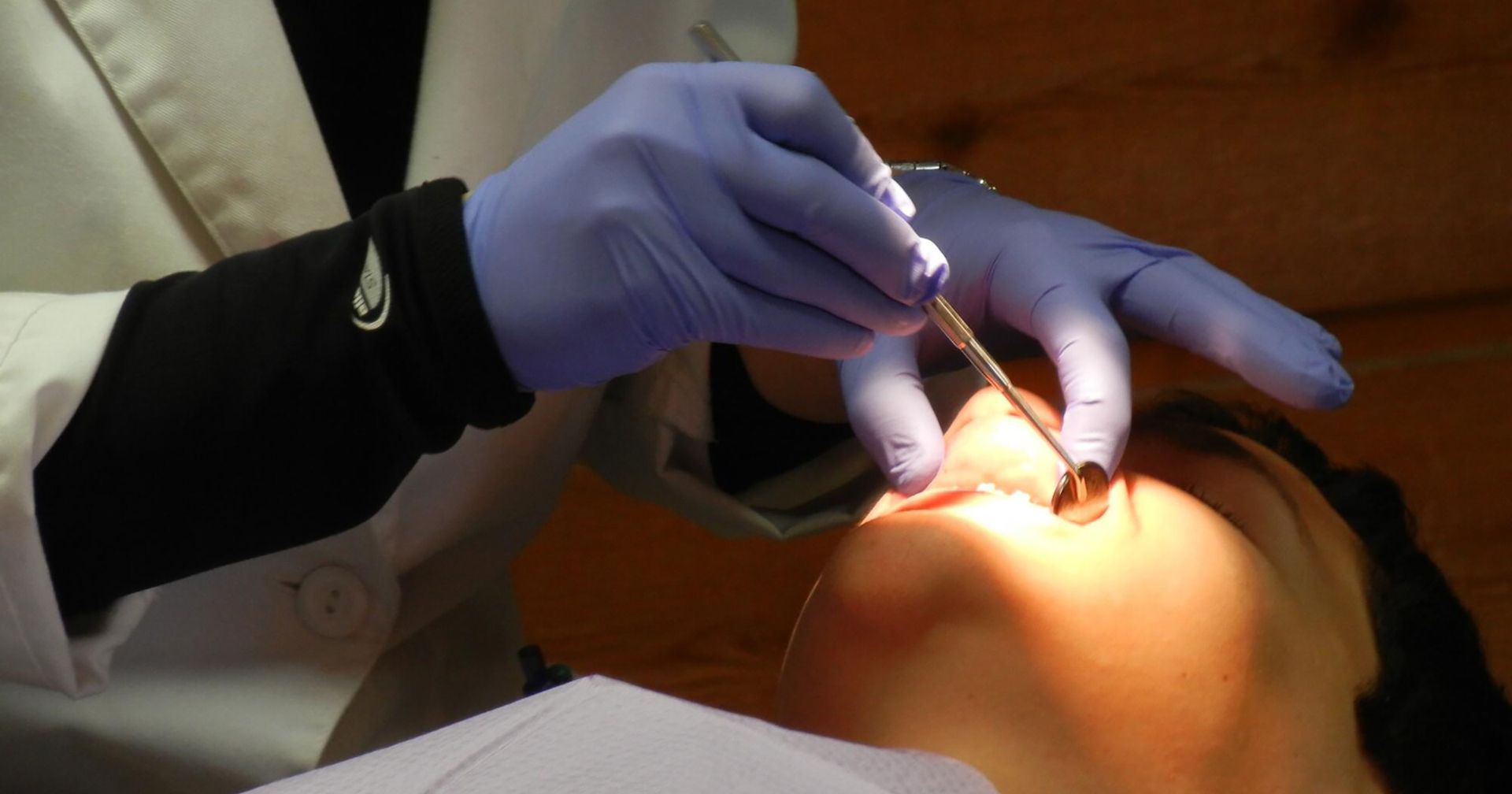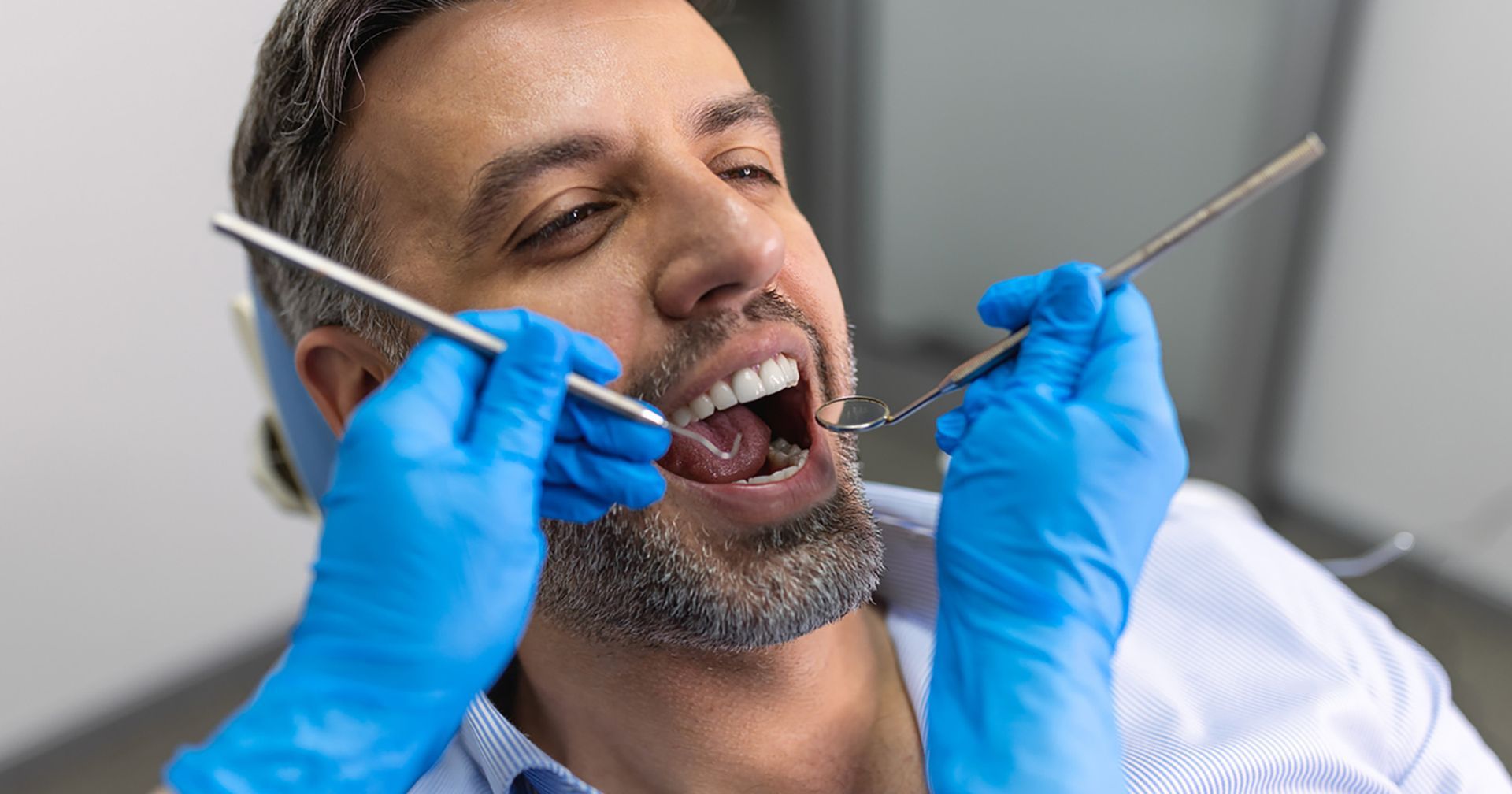Do you have broken teeth and wonder if repair is possible at any point? Check out this article to discover recovery options for a broken or chipped tooth.
Did you know that around 1 out of 4 people in America suffers from tooth decay? Tooth decay, along with many other dental problems, can cause teeth to become weak. In some cases, broken teeth can result from these dental problems, or you might find yourself with a broken tooth after an injury.
Whatever the case, what should you do about fixing broken teeth? What are your options? If you're asking yourself these questions, you've clicked on the right article to find your answers.
First, let's take a look at one of the easiest ways to repair your broken teeth: dental bonding.
What Is Dental Bonding
Once you find that your tooth has been broken, you'll likely find yourself experiencing some degree of mouth pain. Your broken tooth may also be at risk for developing an infection, depending on where it was broken. Be sure to rinse your mouth out with water and take over-the-counter pain medication for some mouth pain relief.
If your tooth is not severely broken, dental bonding is a great option. Your tooth is only minorly damaged if the injury involves chipped enamel. It won't be a big problem if only a small part of your tooth is damaged either.
On the other hand, if your damaged tooth involves exposed roots or if a large piece of your tooth is missing, dental bonding may not be the right choice for you. Dental bonding is a fast and convenient procedure that involves a material known as composite resin. Your dentist will choose this resin based on the color of your teeth so the final result will look very natural.
Bonding is also a very painless procedure and your dentist will not need to numb you. During the procedure, your dentist may roughen the surface of your tooth with a special tool. You may experience some discomfort from this, but it should not hurt.
The roughening of your tooth is necessary for the composite resin to stick better. Unlike other options such as crowns or veneers, your dentist will not need to file down the shape of your tooth. Once this step is complete, your dentist will apply and shape the resin to your broken tooth in order to restore its shape.
Then, your dentist will harden the resin with ultraviolet light. Afterward, you will be able to go on your way with your repaired tooth or teeth.
What Is a Crown
You might be wondering what you should do if a large piece of your tooth breaks off. In this case, you may want to opt for a crown. A crown is very different from dental bonding.
While dental bonding involves resin that your dentist can mold into any shape, a crown is a dental cap that your dentist will place over a damaged tooth. Getting a crown is more invasive and painful than dental bonding, so your dentist will numb you for the procedure. However, a crown is very realistic and people will never be able to tell that you have one.
More than that, crowns tend to be more durable than bonded teeth. This is especially true if you love eating hard foods like nuts that can crack and damage bonded teeth over time. When you get dental crowns, your dentist will need to file down whatever remaining tooth you have.
This is important because your tooth needs to be a small nub in order for the crown to fit over the top of it. Most crowns are made out of ceramic or porcelain, but there are also metal crowns that are especially sturdy. But what if all of your tooth except for the roots has been knocked out of your mouth?
Your dentist can still provide you with a crown, but he will need to perform a root canal to remove the remaining roots. Once this is over, your dentist will be able to place a post where the roots once were. This post will act as an anchor for your crown.
The downside of getting a crown is that it can take more time than dental bonding. You will need to
visit the dentist at least twice.
What Are Dental Veneers
If dental bonding and crowns don't sound very attractive to you, there is still another option: dental veneers. Dental veneers are similar to crowns in terms of realism. However, instead of acting as a cap for your teeth, dental veneers are more like shells that cover the surface of your teeth.
For that reason, they won't be able to help you chew and aren't ideal if you lost a molar. Similar to the procedure for dental crowns, your dentist will need to sand away some of your tooth in order to make it easier to apply the veneer. Your dentist will numb you so you won't feel any discomfort during this part of the procedure.
Getting veneers can be quite a long process, often around two to three weeks. This is because your dentist will need to take impressions of your teeth and these impressions will be sent to a lab where professionals will create your veneers. Once your dentist receives the finished veneers, he can apply them to your broken tooth or teeth.
Keep in mind, however, that dental veneers and crowns can be quite expensive compared to dental bonding.
How to Fix Your Broken Teeth
If you've made it to the end of this article, you should know all about your options to fix your broken teeth. From dental bonding to dental veneers, there are plenty of options to restore your broken teeth to their former glory.
To learn more about dental services, contact us today.




















